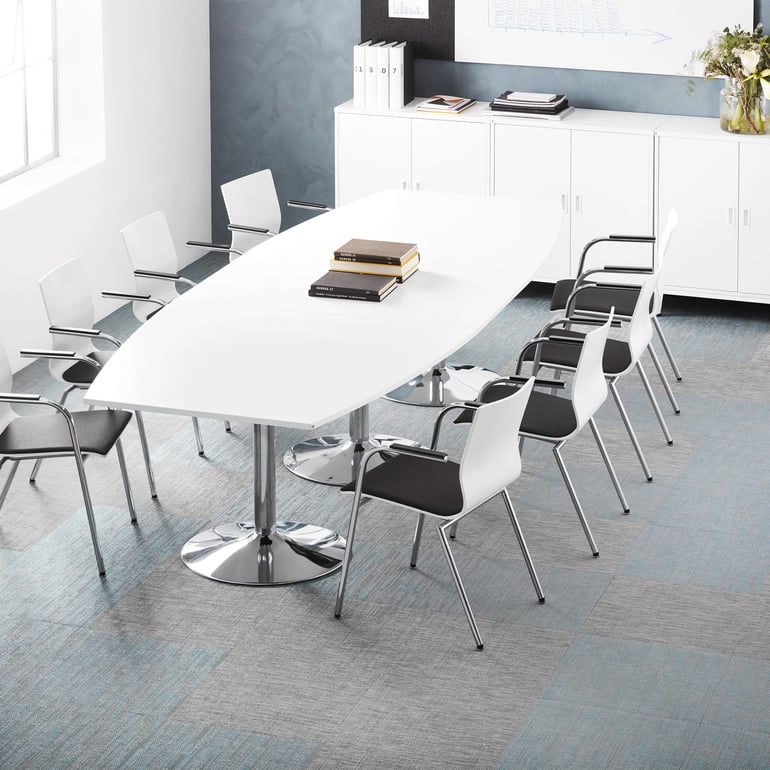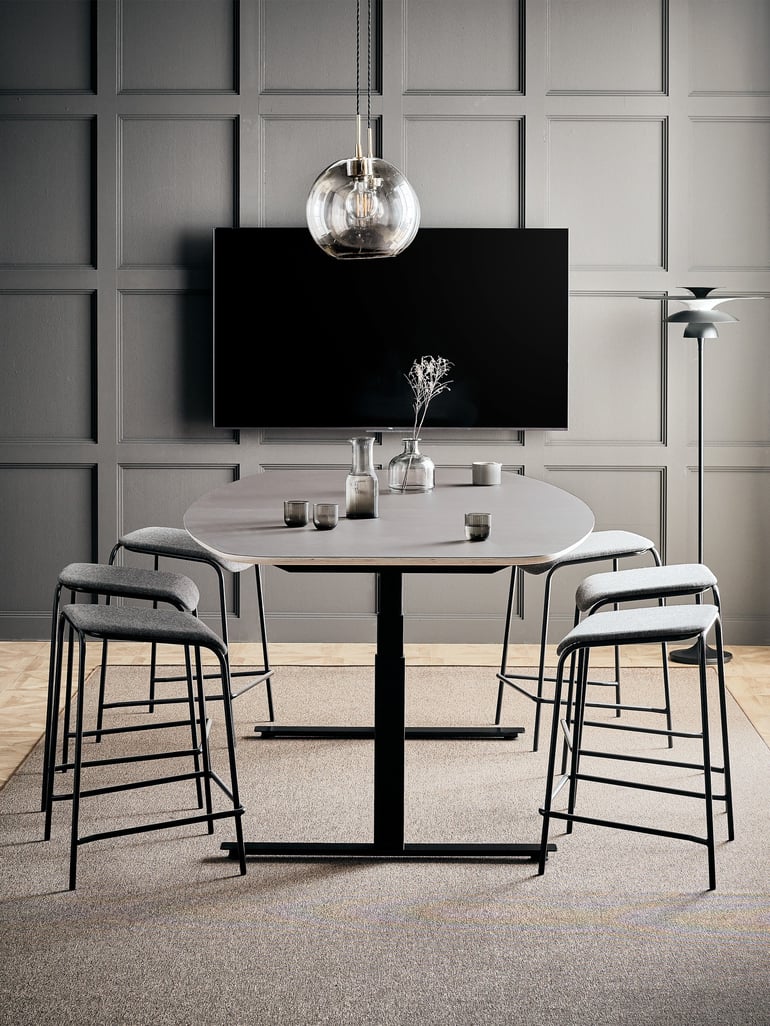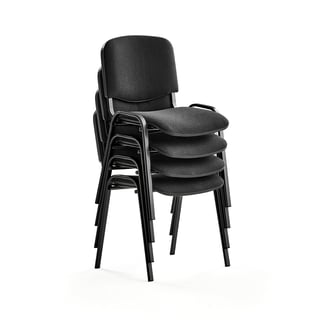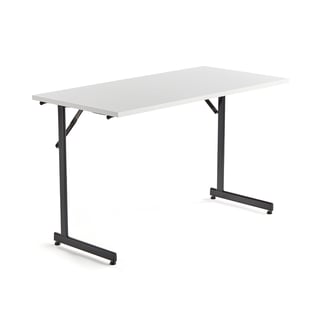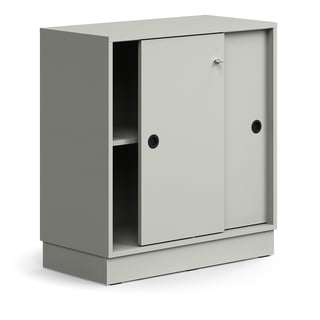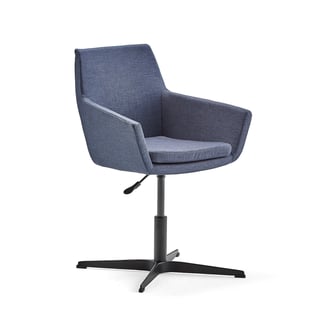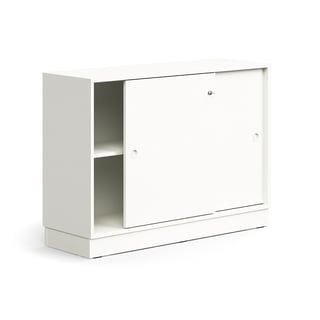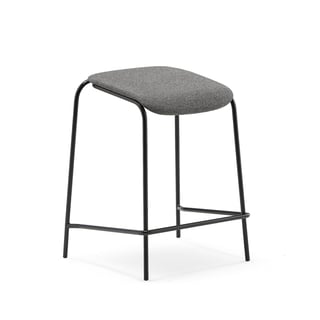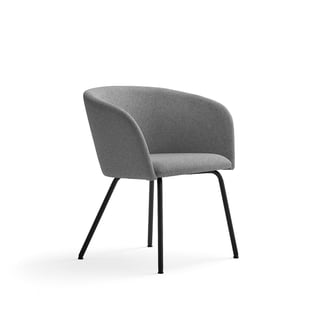- AJ Products UK
- Blog: Tips to Inspire Happiness at Work
- Tips & trends
- How to Design a Conference Room for Successful Meetings
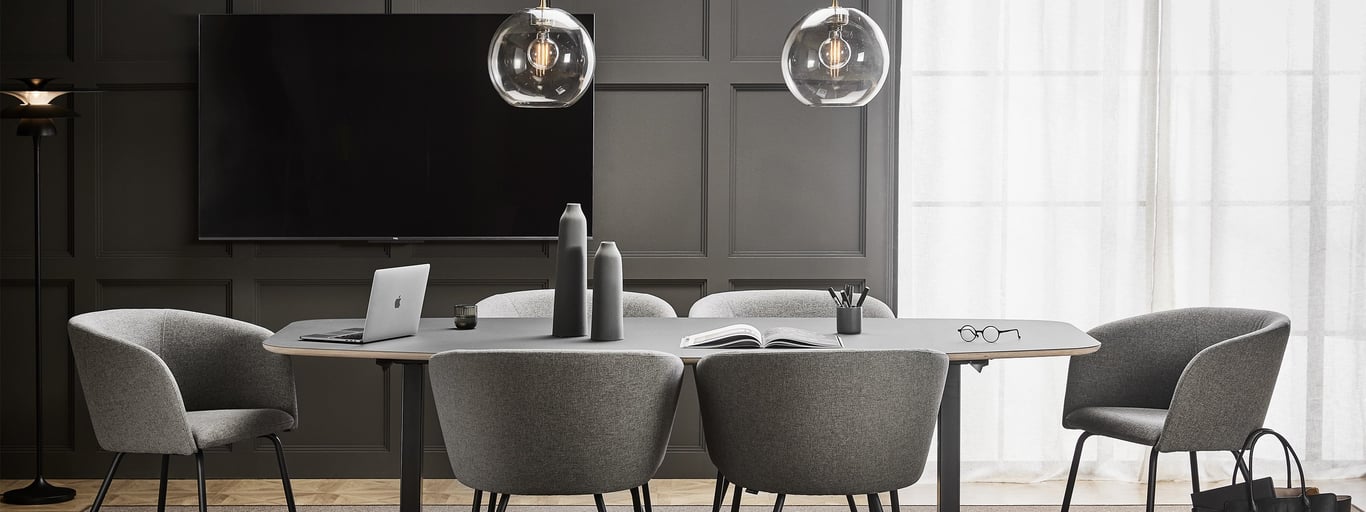
How to Design a Conference Room for Successful and Productive Meetings
Understanding the purpose of the conference room
Before diving into layouts and furniture, start with a simple question: what do we want this room to do?
Every workplace uses its conference space differently. Some host quick catch-ups and collaborative sessions, while others hold client presentations, workshops, or video conferencing. Each activity calls for different furniture and technology.
Consider the types of meetings and activities that will take place, the number of participants, and the required technology. Whether the room will host catch-ups, client meetings, presentations or workshops, each function requires different design elements.
- How many people will typically attend?
- Are meetings seated, standing, or a mix?
- Will attendees use laptops or video-conferencing equipment?
- Is flexibility important, or will it mostly stay in a set layout?
Assessing the space
Once the purpose is clear, evaluate the dimensions of the room and consider various layout options. Space planning is essential, always leave enough room for people to move comfortably. As a rule of thumb, allow at least three feet between the table and surrounding walls or furniture.
If space is compact or you occasionally need additional working surfaces, opt for modular or folding conference tables or stackable chairs that can be pushed together and stored away when not in use, freeing up floor space for other activities. This makes it easy to switch between boardroom, classroom, and breakout formats without cluttering the space.
For extra flexibility, consider sit-stand conference tables. They allow you to switch between seated and standing meetings, making your conference room more versatile and ergonomic
In smaller boardrooms, consider round or oval-shaped tables instead of large rectangular ones to save space. Choose modular furniture that can easily be reconfigured for different purposes. For example, smaller tables that can be pushed.
Making first impressions count
The conference room is often the first place clients and partners encounter. High-quality furniture such as ergonomic conference chairs and tables with integrated power outlets immediately set a professional tone and support effective presentations and collaboration. Well-designed spaces signal a company's commitment to productivity and employee well-being.
Choosing the Right Furniture
Selecting appropriate furniture is crucial for comfort and functionality. Depending on the room's purpose, you might need comfortable, upholstered conference chairs for long meetings or simpler, stackable chairs for versatility. Sometimes a combination of both works best. Ergonomic chairs are especially important as they provide added comfort and reduce physical strain, helping attendees stay focused during extended sessions.
Flexible furniture, such as modular tables or mobile units, allows you to adapt the room layout for each meeting. This is especially important if your team uses the space for a mix of presentations, brainstorming sessions, and hybrid meetings. Don’t forget privacy pods or lounge seating in adjacent break areas for downtime and individual focus periods.
Don’t Forget the Four F’s of Conference Room Design
- Formation: The shape of your table affects the tone of the meeting. Circular or oval tables encourage inclusivity and collaboration, while rectangular tables can help create a more structured environment. Choose a layout that reflects your company culture and the purpose of your meetings.
- Functionality: A well-equipped meeting room goes beyond tables and chairs. Whiteboards, projectors, video conferencing tools, and integrated power outlets all play a role in making your meetings more productive.
- Fit: Space planning is just as important as the furniture itself. Ideally, allow at least three feet between the table and walls to make movement easy and avoid congestion. Also, consider the additional space you’ll need for presentation screens, storage units, or even plants.
- Fashion: The look and feel of the space influence creativity and decision-making. Adding artwork, acoustic panels, or greenery can transform a standard conference room into a more inviting and inspiring place to collaborate.
Optimising Acoustics
Acoustics can make or break a meeting. Poor sound quality leads to distraction and fatigue, especially in larger rooms. Adding textiles such as curtains and carpets can soften the acoustics and absorb echo, while chairs with fabric upholstery can help reduce noise.
For rooms with persistent sound challenges, consider installing dedicated acoustic panels or ceiling baffles for more effective noise control.
Lighting Solutions
Lighting is a powerful influence on productivity. Avoid dim light that causes eyestrain and fatigue, as well as glare from overly bright fixtures. Embrace a combination of direct and indirect lighting, and where possible, maximize access to natural daylight, which research shows can boost productivity. Adjustable lighting is ideal for tailoring ambiance to the activity.
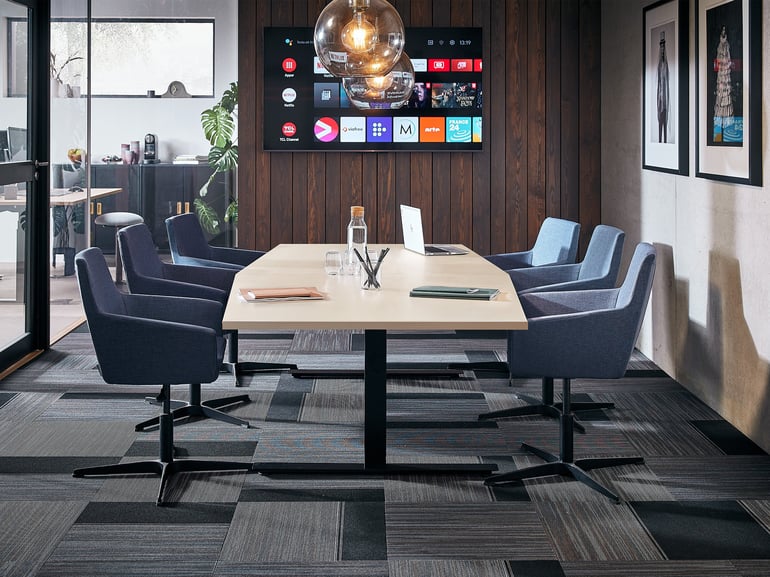
Integrating Technology Seamlessly
Technology is a cornerstone of modern conference rooms. Plan for integrated tech solutions from the start to avoid unsightly cables and equipment scattered around the room. Use cable holders, cable ducts (discover cable management solutions), and built-in power outlets to keep things tidy and fuctional. Consider hybring meeting requirements and ensure that you have all necessary tech equipment for reliable video conferencing and connectivity such as projectors, screens, and audio systems.
You will also need something to write on or attach notes to, such as flipcharts or whiteboards.
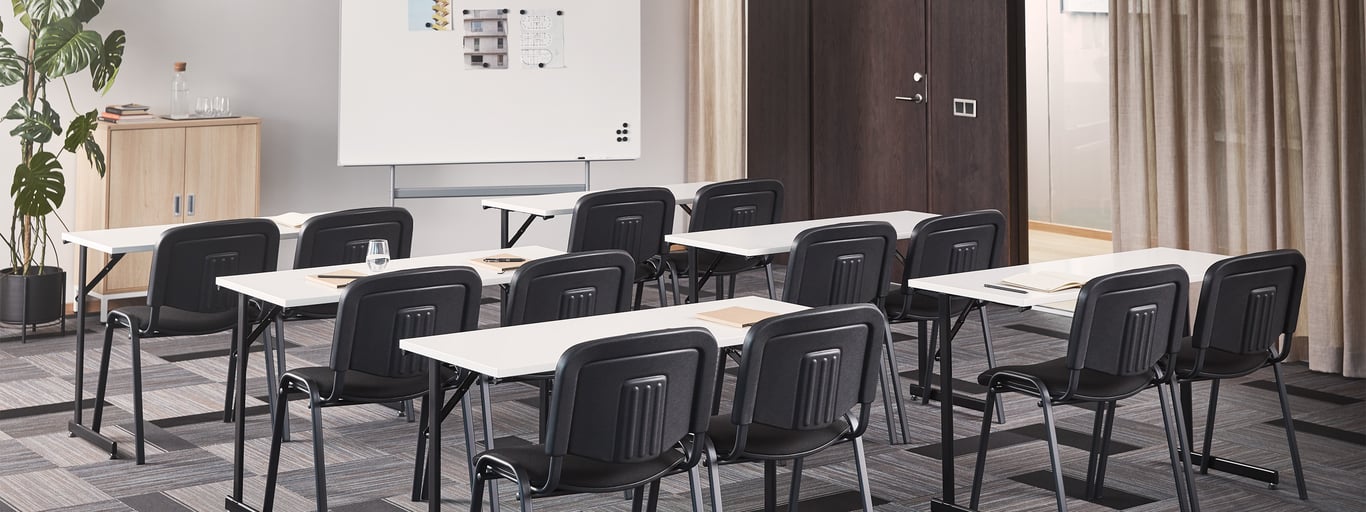
How should you think about colours?
Choose a colour palette that promotes focus and productivity. Calm, neutral tones often work best for concentration and focus. However, adding a splash of colour through artwork, furniture, or accessories can give the room personality. Balance materials and colours to create a cohesive look that reflects your company's brand and culture.
Read more about decorating with colour
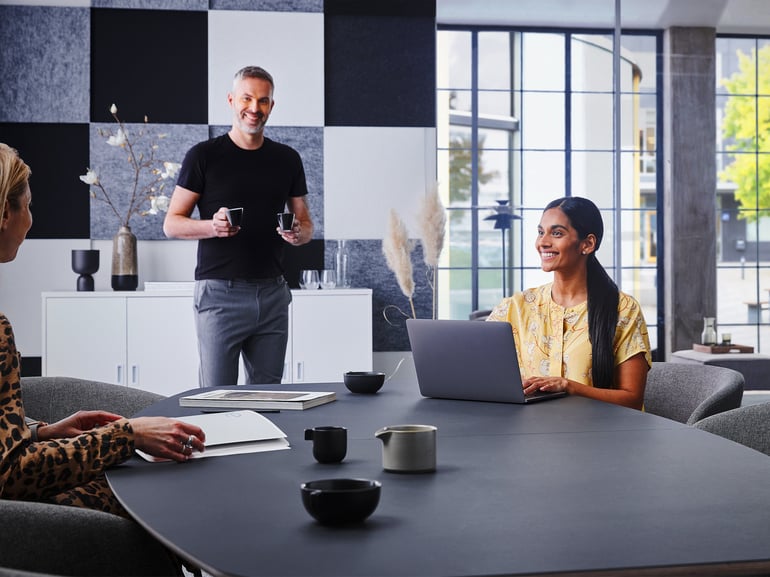
Tips for a successful conference
- Plan the conference well in advance.
- Check that all technology is working properly.
- Share a clear agenda so participants can prepare.
- Add several short breaks to keep people refreshed.
- Stick to the schedule to avoid frustration.
- Let at least one program item be interactive. It increases the participants engagement.
- Comfortable conference chairs are especially important during longer sessions.
FAQ
- Selecting ergonomic and flexible furniture is key. Ensure chairs are comfortable and tables are adjustable to meet various needs.
- Use textiles like carpets and curtains, and consider installing acoustic panels to reduce noise and improve sound quality.
- Essential technology includes projectors, screens, audio systems, and robust internet connectivity. Integrated cable management solutions help maintain a tidy space.
- Use company colours and logos subtly in the decor. This reinforces brand identity while maintaining a professional appearance.
- Invest in ergonomic chairs and ensure the room has good temperature control. Comfortable seating and a pleasant environment help keep participants focused.
- A good way to end the conference is to spend a moment checking whether the purpose and goals have been achieved. It gives the participants the opportunity to reflect on the topics discussed.
Popular products
Get the latest product launches and offers sent direct to your inbox
Do you want to receive exclusive offers, information about new products and inspiration on how you can improve your workplace? Sign up for our free newsletter and be the first to receive our best offers.*By clicking subscribe, I confirm that I have read the privacy policy.
